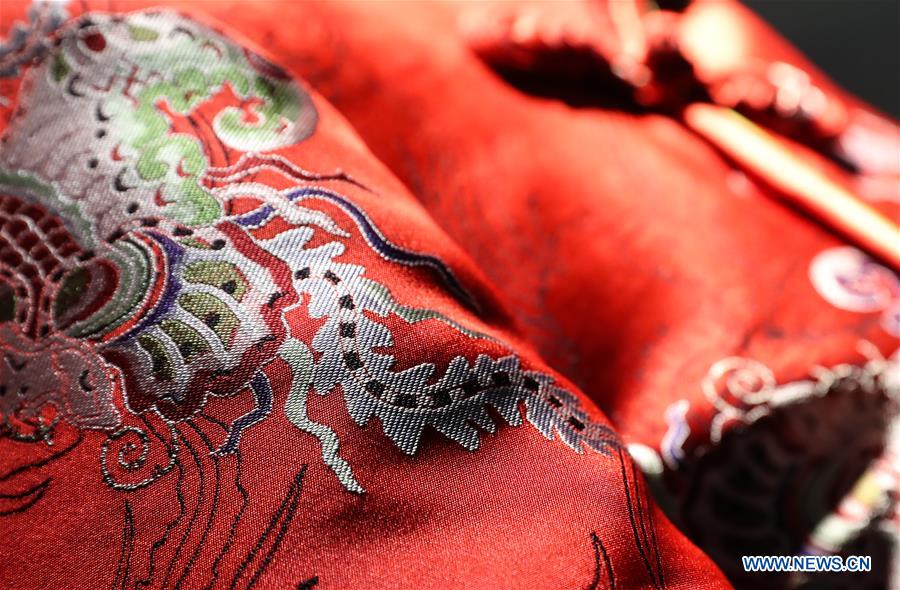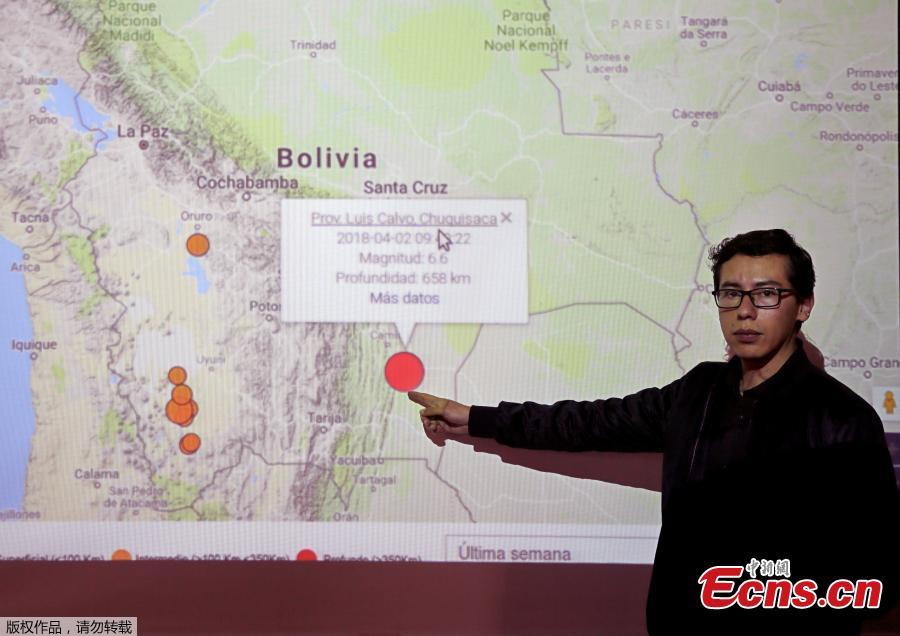One of the company's more recent contracts was with a Chinese power grid company, planning to use its devices to check overhead power lines.
"Traditionally, it is dangerous sending people up ladders to check cables, some of which could stretch over mountains and forests; it used to involve a lot of people, but using a drone can be easier, cheaper and safer."
According to a recent report by China Securities, the annual global demand for unmanned aerial vehicles is expected to almost double from $6.4 billion in 2015 to $11.5 billion in 2024, with public-sector sales expected to account for 14 percent of the total by then.
In China, the market is projected to expand from $620 million in 2013 to $2.28 billion by 2022, with nearly 13 percent coming from the non-military sector.
At last month's massive International Consumer Electronics Show, held in Las Vegas, a specially designated "Unmanned Systems" marketplace was created for the first time.
Without any official statistics, Yang, who is also in charge of the company's sales, estimates about 300 drone makers already exist in China, including those producing what are essentially toys, with EHang positioned in the top five.
The Shenzhen-based manufacturer DJI Technology Co claims a 70 percent share of the global civilian drone market.
"It is hard to give an accurate figure, but I guess that soon there could be as many as 3,000 drone makers in China," he said, adding that EHang's continued expansion is dependent on what he calls, sustained innovation in meeting user experiences.
"Every two to three months we launch an eye-opening function," he said, to meet those demands.
In August, that was introducing a new tilt function that allows users to steer the drone by tilting the phone in different directions. Drones can also be set to automatically follow their owner, useful during sporting events. The company is now developing drone-related applications for wearable gadgets.
Hu Huazhi, the company's other co-founder and a radio-controlled model plane enthusiast, worked on car design during his time at Tsinghua University, and now oversees much of its technology development.
Xiong Yifang, who graduated from the Fuqua School of Business of Duke University in the US, focuses on its overseas sales efforts.
To build sales, EHang is talking with both online and offline agents at home and abroad and a manufacturer-to-consumer platform is currently being developed.
At last month's CES, held annually in the Las Vegas Convention Center, Yang joined hundreds of other Chinese technology companies which accounted for one-quarter of exhibitors at an event that was previously the domain of only major Chinese players like Huawei Technologies, ZTE and Lenovo Group before.
The increased Chinese participation in the industry event, he said, reflects the encouraging shift from "made-in-China" to "innovated-in-China" .
He also said he has seen a lot more hot money flowing into the technology sector from the property and stock markets and that the government is offering greater support to small technology companies, which is improving the business environment.
Pei Hailong, deputy dean of the School of Automation Science and Engineering at South China University of Technology, said: "Chinese companies have taken up a sizable share of the mid-and low-end drone market and I'm delighted to see they are now going out to join the (Las Vegas) show.
"This signifies that Chinese innovation has the potential to lift this and other related industries," said Pei, adding that with proper regulation and guidance, the industry will move up to the higher end and see explosive development.


















































